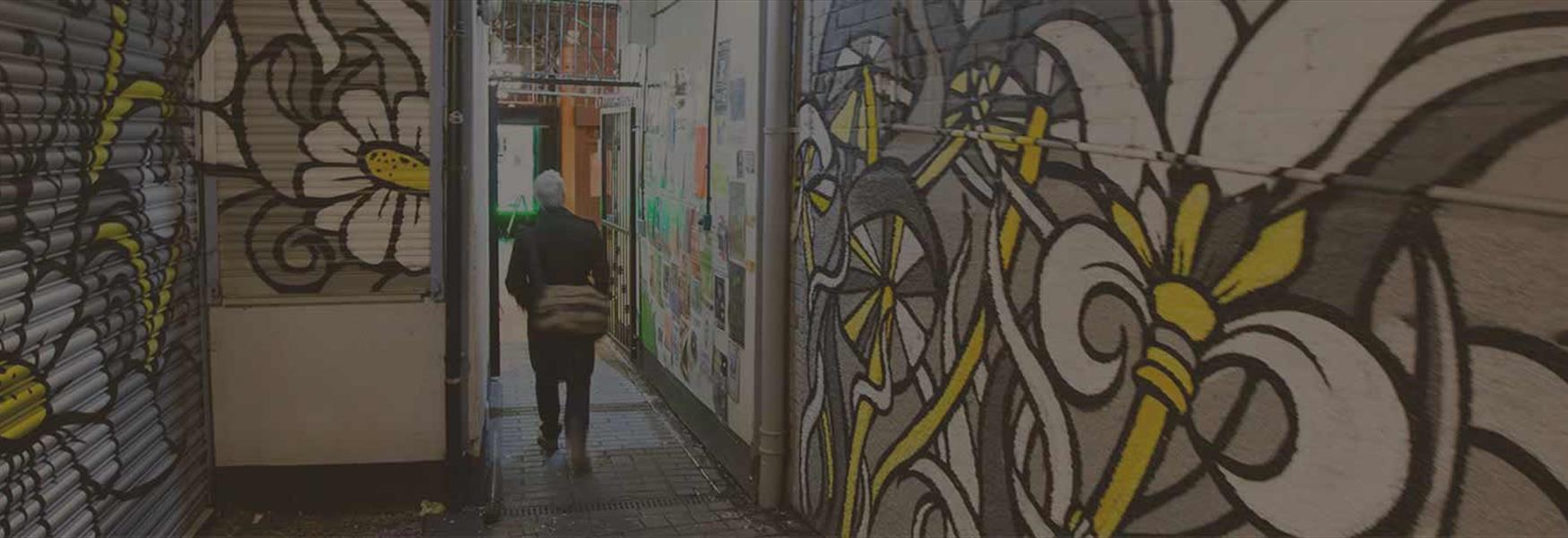To provide you with the best experience, cookies are used on this site. Find out more here.

To provide you with the best experience, cookies are used on this site. Find out more here.

Since Wollaton Hall opened to the public in 1926, it has been home to the city’s natural history museum. On display are some of the best items from the three quarters of a million specimens that make up its zoology, geology, and botany collections.
Natural Connections Gallery
This gallery explores the relationship between the natural world and ourselves. One of the central themes in the gallery is extinction, and a number of extinct and near-extinct species are on display. These include a passenger pigeon and a flightless parrot from New Zealand – the kakapo. Recent additions to the gallery include the extraordinary duck-billed platypus, a giant anteater and a rare maned sloth. Other popular exhibits include an orangutan skeleton, a hippo skull and a Humboldt penguin, together with many other mammals, birds, reptiles, fish, insects, and fossils.
Bird Gallery
Recreated in the style of a 1930s natural history museum display, this gallery contains taxidermied Victorian birds and game heads, alongside more contemporary specimens. Many of the birds were collected in Ethiopia and Sudan by the 19th century Nottinghamshire explorer Mansfield Parkyns. These include one of the first two specimens of the shoebill, or whale-billed stork, brought back to Europe in 1850. Other exhibits include a pelican, a bird-of-paradise, and a red kite.
Insect Gallery
Spectacular butterflies, moths, beetles and bugs from around the world are on display here. Focusing on the biology and life-cycle of insects, this gallery also includes a section on social insects including a Caribbean cloud forest diorama showing some of the birds and mammals that depend upon termite colonies for food and nest sites. Live insects are also featured – these include stick insects from Borneo and Papua New Guinea, and a colony of Madagascan hissing cockroaches.
Mineral Gallery
This gallery showcases some of the 5,000 specimens that make up the rock and mineral collection. It includes some the original Nottingham Naturalists’ Society collection and fine displays of classic minerals from the North of England (early 20th century) and Cornwall and Devon (19th century). You can also get up close to some giant ammonites – fossilised coiled shells of ancient squid-like sea creatures.
Africa Gallery
The Nottingham Natural History Museum’s famous gorilla and giraffe specimens can be seen here, together with a splendid cheetah – the fastest land mammal. The gallery also features a walk-through waterhole scene complete with zebras, leopards, hyenas, antelopes, warthogs, ostriches, a porcupine and even a fruit bat. An interactive panel enables visitors to hear the sounds made by some of the better-known African animals.
You can follow George the Gorilla on Twitter for news and updates from the Nottingham Natural History Museum: @george_gorilla
* Last entry to the museum is 30 minutes before closing time.
Spectacular Elizabethan Mansion and Deer Park set in the beautiful suburbs of Nottingham…
Discover the people, companies and industries that made Nottingham famous around the…
Eurydice Prevails, at Nottingham Lakeside Arts is one of a series of inverted tree works…
A pair of Chinese guardian lions gifted to the city by Ningbo, Nottingham's sister city…
Nottingham Lakeside Arts is The University of Nottingham's unique public arts centre and…
Nottingham Tennis Centre is one of the largest in Europe and is home to the prestigious…
Since 1921 Highfields Park has remained the home of The University of Nottingham with the…
Inspire is an innovative new cultural organisation delivering services on behalf of…
New Art Exchange is the largest art centre in the UK dedicated to culturally diverse arts…
Hemlock stone is a mythical site located in Bramcote Hills Park, surrounded in legend and…
The Park Tunnel was built in 1855 to allow horsedrawn carriages access to The Park Estate…
Raleigh Street, Nottingham, was the site of a small workshop which in 1886 started…
Nottingham Cathedral (the Cathedral Church of St Barnabas) was designed and built under…
Anish Kapoor's Sky Mirror is a must see piece of art, located at Nottingham Playhouse…
A historic, beautifully maintained park that is home to an important collection of over…
Nottingham Castle promises the best day out for all, from history seekers to families…
